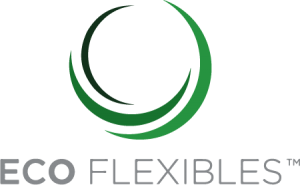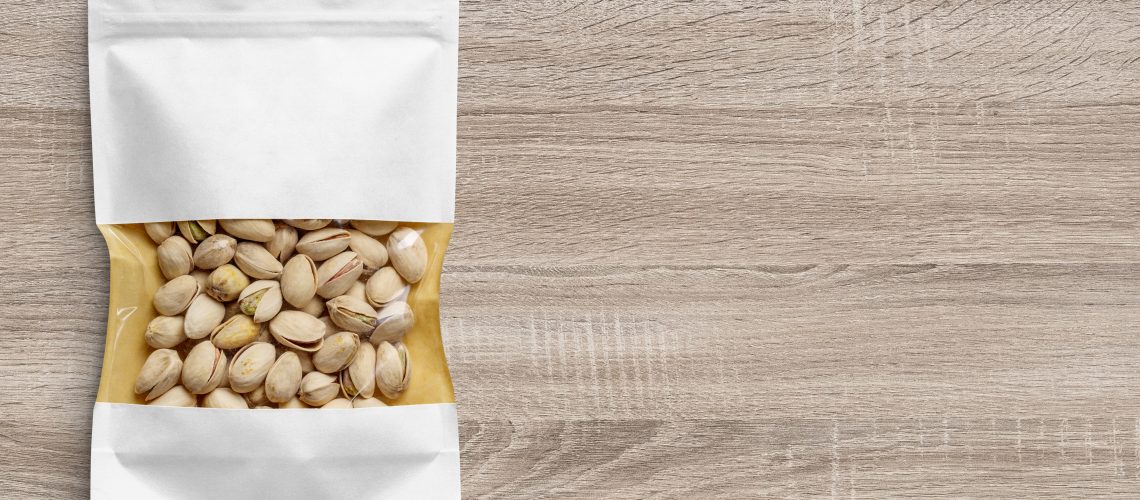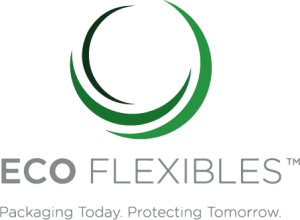Consumer trends shift and change with time, but sustainability is here to stay. At the core, shoppers want to make sure that the products they choose are leaving a more positive effect on the world around them. This is particularly resonant in the food and grocery sectors, which are products purchased frequently and in larger quantities.
So, how are consumers judging the sustainability credentials of packaging? A large proportion comes from media coverage, TV documentaries, news headlines and social media discourse; shoppers are more aware of how their decisions influence the environment, and of course, packaging plays and absolutely central role. In response to media conversation, consumers are increasingly voting with their wallets and backing brands that can offer demonstrable ‘green’ advantages.
Consumers demand transparency in all aspects and in the ‘age of information’, it has never been more achievable for food manufacturers. Technical aspects, such as product origin, specifications and details of a product’s manufacturing journey are never more than a few clicks away. Since packaging is such a central part of the product and its brand promise, this means that substrates, including origin and end of life disposal, are under the microscope.
For brand owners, this opens fresh conversation surrounding the development of more sustainable packaging. This can take many forms – more optimal use of substrates, lighter weight packs for more efficient transportation, better use of resources in the supply chain, recyclability or reduced CO2 in manufacturing.
Looking for a great example of sustainable packaging design? Click here to read our Lantmännen case study.
When it comes to sustainability, consumers want clarity and impact – not just lip service. This is particularly important in the plastic packaging category, which all too often uses mixed plastics that render the packaging unsuitable for most of today’s recycling systems and creates a linear waste disposal stream.
‘Greener’ packaging design doesn’t just help a brand align its packaging with its corporate sustainability strategy but offers clearer and more transparent recycling routes for the consumer. With a product category such as food, which sees a shorter cycle of purchase, use and disposal, the need for more responsibly manufactured packaging becomes even clearer.
Statistics from the Chartered Institute of Marketing find that 8 out of 10 consumers want more environmentally conscious packaging from the brands they choose, which means there are clear effects on commercial performance and market share. Similar statistics also highlight that consumers are willing to pay more for sustainable packaging.
When sustainability plays a role in purchase decision making, logic tells us that in a case of two similar products at the same price point – one packaged more sustainably than the other – the eco-friendlier of the two will win out. Packaging must always reflect the needs and demands of its users, as well as the values of the brand, which puts lightweight mono polymers top of the agenda in today’s new packaging developments.
Typically, today’s shopper is more comfortable with material technical terms when it comes to packaging, such as PP, HDPE and PET. To move the conversation forwards, now brands must provide actionable steps that the consumer can take and make a clear call to action on the product’s end of life use.
The majority of flexible packaging in use today has not been recycled. Comprising different substrates that cannot be easily separated means that in current waste collection processes, most flexible packaging is separated and sent to landfill or incineration. With refreshed attention on sustainability, this isn’t ticking the boxes for today’s consumer.
In response, Eco Flexibles designs and delivers lightweight monopolymer based pack designs without compromising on functionality, performance, quality or visual impact. The business directly challenges the notion that sustainability means concessions must be made in other areas.
Time, resources and costs are common barriers for brands when implementing more eco-friendly packaging, but Eco Flexibles takes these pressure points away by handling projects from concept to completion.
This novel approach, aimed at building a fundamentally greener future for brands, allows a much clearer call to action for the consumer and helps brands meet the soaring demand for sustainability in packaging.
The drive for clearer sustainability, by partnering with a business such as Eco Flexibles, is also well aligned with the market need for more valuable and meaningful sustainability claims, which is buoyed with the implementation of the UK government Competition & Markets Authority Green Claims Code. This code introduces a set of six core principles that all sustainability claims must adhere to in order to be used on pack or in marketing communications. The goal is to level the playing field for brands and bring clarity and meaning back to sustainability.
Click here to learn more about the Green Claims Code.
Food industry packaging solutions developed and supplied by Eco Flexibles can be recycled in existing waste streams as easily as PET, cardboard or paper. The business – and its strong portfolio of ‘off-the-shelf’ and bespoke packaging designs – makes it easier than ever for food brands to combine green operations with high performance.
Is your team ready to turn intent into action and develop sustainable flexible packaging that connects with today’s consumer? Get in touch with our team to discover more about how Eco Flexibles can help.


